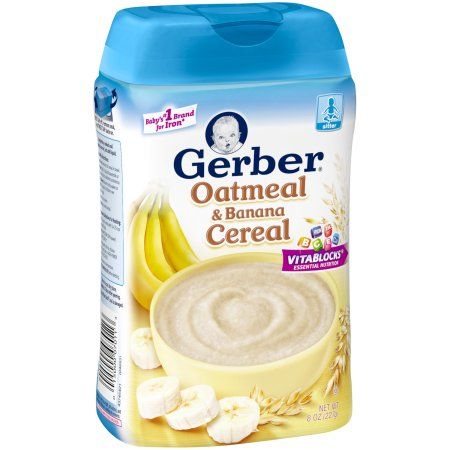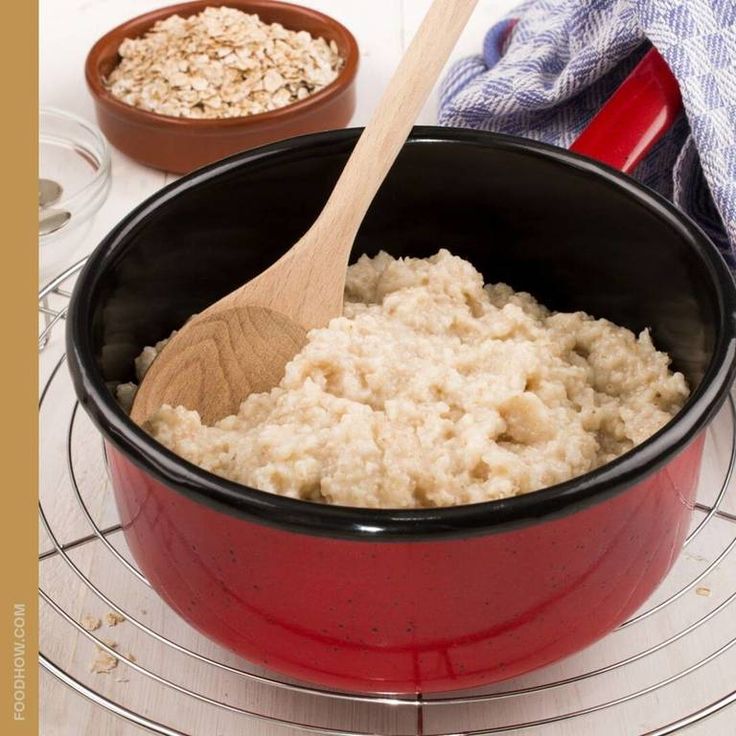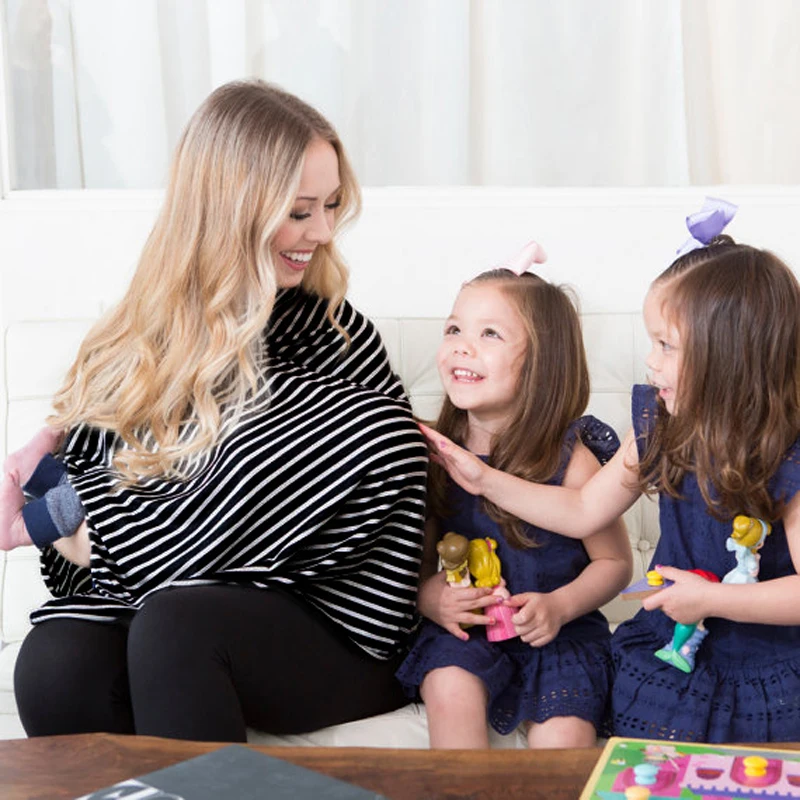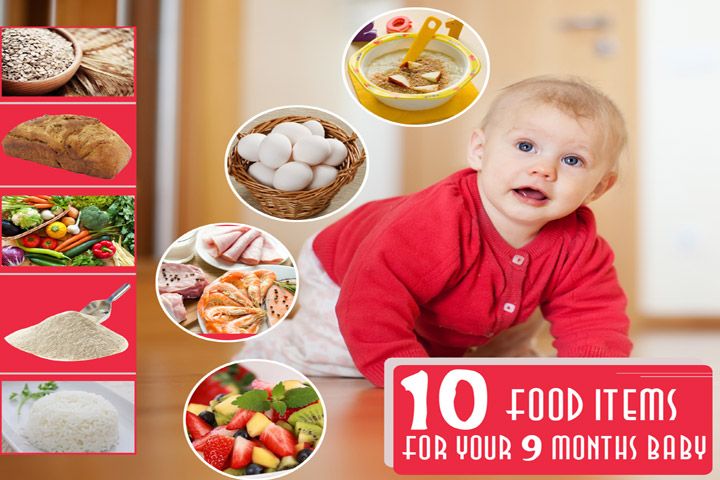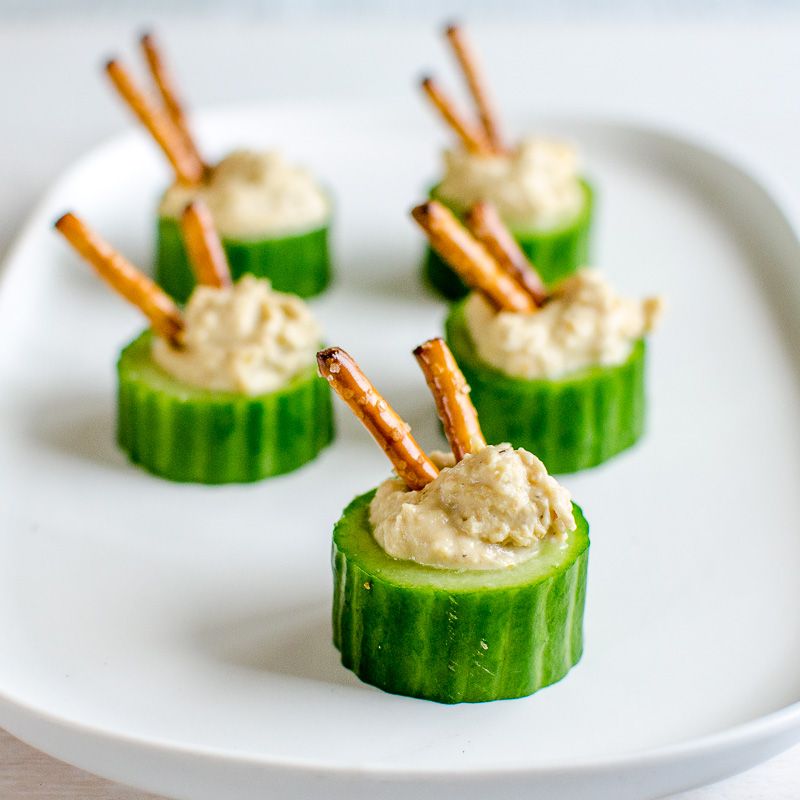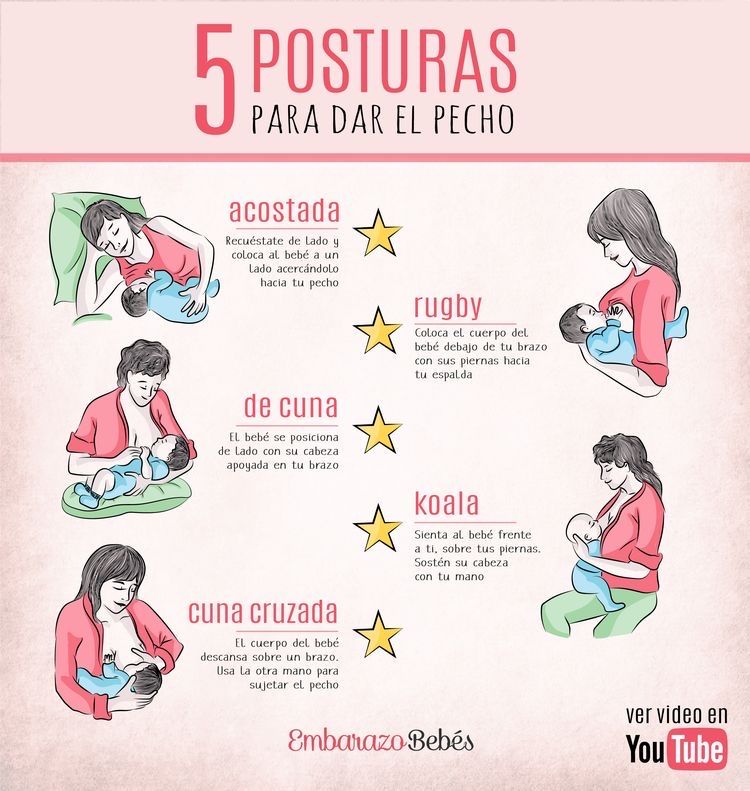Rolled oats baby food recipe
How to Make Baby Oatmeal {Different Types}
How to make oatmeal for babies, from oatmeal cereal for early eaters to steel cut oats, plus the peanut butter banana oatmeal recipe I make for my babe almost every day.
As an oatmeal lover myself I had a feeling that my little one, Olivia, was going to like it as well and turns out I was right… she’s a big fan!
That said, when I first thought about giving her oatmeal I wasn’t sure what type was best and how to prepare it. I had so many questions… What type of oats are best? Are rolled oats too thick for babies? Do you cook the oats in breast milk or add it after?
If you’re a new mama/papa, you might be wondering the same things. Luckily I’ve done all the research and I’m here to help.
For starters, oatmeal is a great food for babies. Many pediatricians suggest some sort of baby cereal (like oatmeal) as a first food because it’s mild, easy to digest and has a low risk for causing an allergic reaction.
Store-bought baby oatmeal is available, but it’s basically just oat flour (or ground up rolled oats) and it’s super easy to make yourself at home! One thing to note is that packaged baby cereals are typically fortified with iron and if you make oatmeal cereal at home the iron content won’t be as high.
When starting solids with Olivia, we skipped the baby cereal all together and went with veggies and fruits. The first food I gave her was steamed and pureed sweet potatoes, thinned with breast milk. After introducing several pureed fruits and veggies, we started giving her oatmeal. It was probably around 7 1/2 months so we went straight to quick oats and rolled oats, cooked the way I’m sharing in the recipe below. In the beginning I thinned the oatmeal with breast milk, but now I make her oats the same way I like mine, without needing to add any additional liquid.
How to Make Oatmeal for Babies
Here I’m covering the basic method for cooking different types of oatmeal for your baby.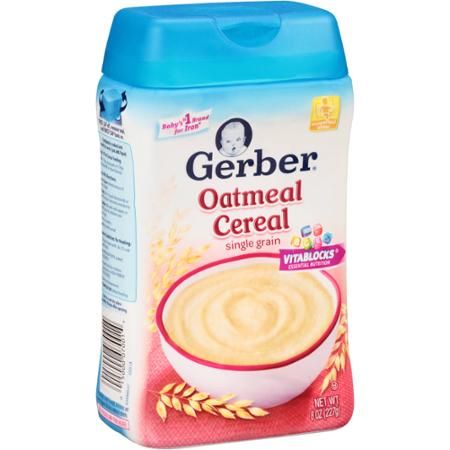 Of course, feel free to add mix-ins and toppings to give the oats more flavor and variety when your baby is ready.
Of course, feel free to add mix-ins and toppings to give the oats more flavor and variety when your baby is ready.
Oatmeal Cereal // 5+ months
- Grind old fashioned oats in a food processor or high-powered blender until finely ground like a flour.
- Boil 1/2 cup of water and sprinkle in 2 tablespoons of ground oats. Whisk continuously for 30 seconds and then stir occasionally while it cooks for the remainder of the cooking time, typically 3-5 minutes. The oats are done when they are thick and creamy.
- Remove oats from heat and let cool. Add breast milk or formula to thin. You’ll want the cereal quite thin for new eaters.
Note: you can grind up a larger batch of oats to make the process super quick in the morning. Store the ground oats in an airtight container in a cool dark place or in your refrigerator.
Quick Oats for Babies // 6+ months
Quick (or instant oats) are the most processed of all the oat varieties. They are pre-cooked, dried, and rolled and pressed slightly thinner than rolled oats.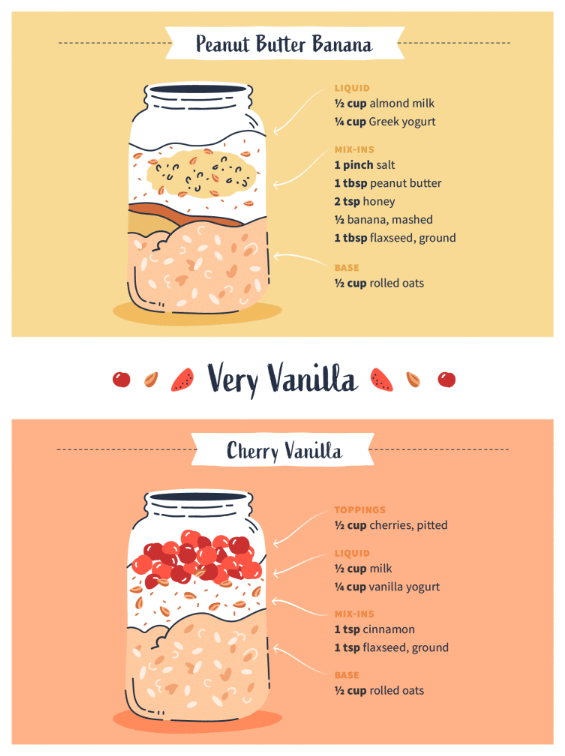 They cook faster than steel cut or rolled oats, but they also lose a bit of texture in the cooking process so they tend to be mushy.
They cook faster than steel cut or rolled oats, but they also lose a bit of texture in the cooking process so they tend to be mushy.
- Bring 1/2 cup of water to boil, add in 1/4 cup of quick oats and stir to combine. Reduce heat to medium and cook for 1 minute, stirring occasionally.
- Remove from the heat and let cool. Add breast milk, formula or water, if needed to get the oats to the desired consistency. Add mix-ins and toppings of choice.
Old Fashioned Rolled Oats for Babies // 6+ months
Old fashioned rolled oats are oat groats that have been steamed and then rolled which speeds up the cooking process for all of us at home.
- Add 1/4 cup of old fashioned oats and 3/4 cup water into a pot over medium high heat and stir to combine. Heat over medium-high heat for 5-7 minutes or until all the liquid has been absorbed.
- Remove from the heat and let cool. Add breast milk, formula or water, if needed to get the oats to the desired consistency.
 Add mix-ins and toppings of choice.
Add mix-ins and toppings of choice.
Steel Cut Oats for Babies // 6+ months
Steel cut oats are the least processed oats. The oat groat (the full oat “grain”) is cut into two or three parts to get to steel cut oats. That said, they’re also the most dense and chewiest oatmeal option so they’re good for older babies. I still don’t make steel cut oats for Olivia and she’s 12 months old!
- Bring 3/4 cup of water to boil, add in 1/4 cup of steel cut oats and stir to combine. Return mixture to a boil and then reduce to a simmer for 20-30 minutes or until most of the water is absorbed. Stir occasionally during cooking.
- Remove from the heat and let cool. Add breast milk, formula or water, if needed to get the oats to the desired consistency. Add mix-ins and toppings of choice.
Health Benefits of Eating Oatmeal for Babies
Oatmeal is a wonderful food for babies for a variety of reasons. It’s gentle on their tummies and packed with fiber, magnesium, iron and zinc.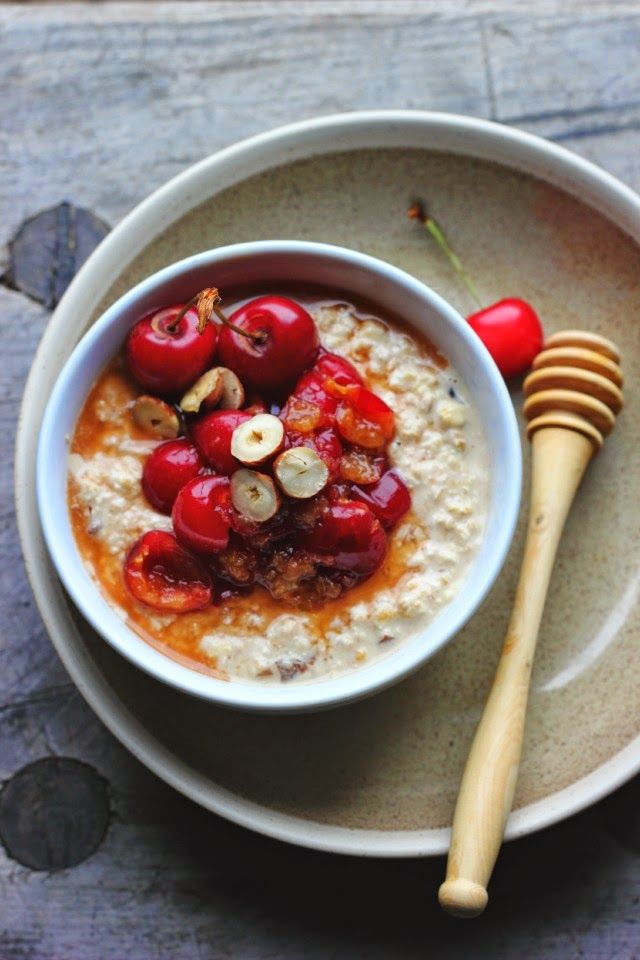 Little ones often experience constipation as they introduce solid foods into their diet, so oatmeal is a great intro food as it acts as a natural laxative.
Little ones often experience constipation as they introduce solid foods into their diet, so oatmeal is a great intro food as it acts as a natural laxative.
How to Flavor and Season Oatmeal For Babies
When making oatmeal for babies it’s fun to switch up the flavors and toppings instead of feeding them plain, boring oats.
Olivia eats just about anything and I attribute that to offering her a variety of foods and seasoning things early on. In the beginning I seasoned her purees with aromatic spices like cinnamon and nutmeg and now she loves food with flavor. Her latest favorite is this tofu pumpkin curry.
I have given Olivia a variety of oatmeal flavors, but typically I make her oatmeal the same way I make my favorite peanut butter banana chia oatmeal. I cook it with additional water (so it’s voluminous and extra creamy), cinnamon and I also add banana slices in with oats. As it cooks, I mash the banana slices so they soften and mix throughout, adding a subtle sweetness (without adding any actual sugar). After cooking, I stir in ground flaxseed or chia seeds and peanut butter.
After cooking, I stir in ground flaxseed or chia seeds and peanut butter.
Adding Peanut Butter to Oatmeal
I like mixing the peanut butter in with the oatmeal for some healthy fat and protein. I also like that it gives her a good amount of exposure to peanuts, which is now said to be key for avoiding food allergies. Of course, be sure to talk to your pediatrician about introducing peanuts to your little one and make sure they tolerate it before adding it to their oatmeal. I also recommend using peanut butter that has only one ingredient (peanuts) so there’s no added oil, salt or sugar. Peanut butter is my g0-to choice, but you can use other nut butter like almond, cashew and sunflower seed butter if you want to switch it up!
Use Leftover Oatmeal as a Thickener
You can also use leftover cooked oatmeal for babies to make combination purees or to thicken purees that are too thin! Just toss the cooked (and cooled) oatmeal into a blender with the fruit or veggies you want to combine it with.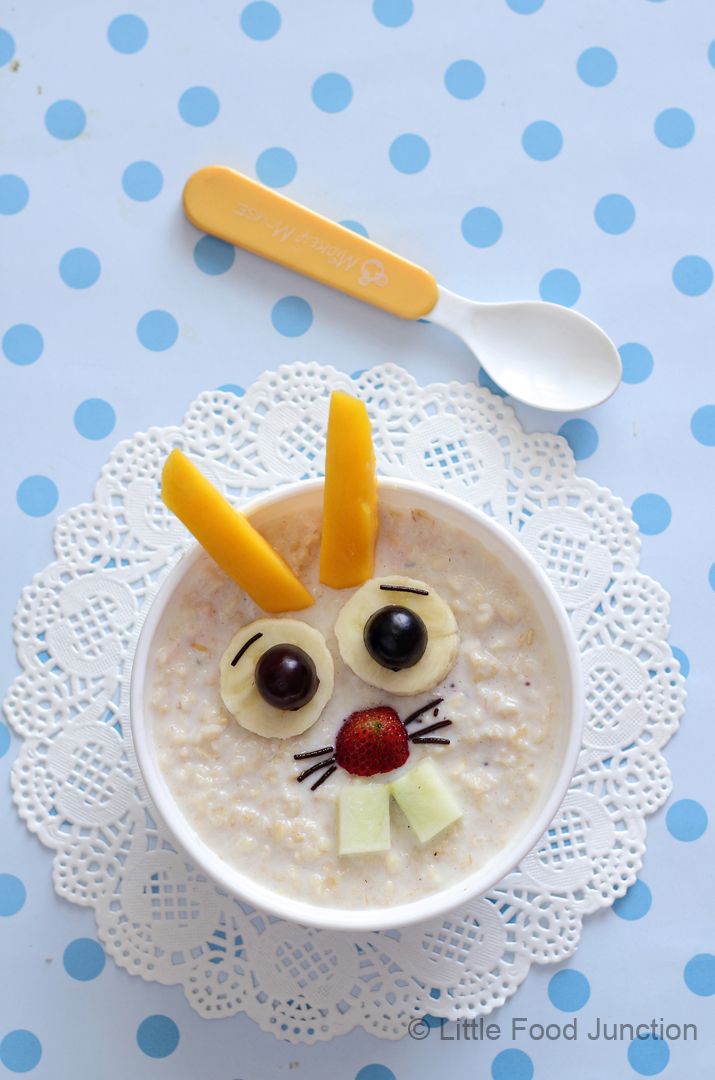 Puree until it’s reached the desired consistency and serve.
Puree until it’s reached the desired consistency and serve.
How to Turn Oatmeal into a Finger Food for Babies
One cool thing I realized after refrigerating some of Olivia’s oatmeal is that cold oats sort of congeal and stick together. When this happens, I just break apart the oats and serve them to Olivia cold as finger food. It can get a bit messy but she LOVES it so I give it to her all the time!
Of course there are some additional ways to prepare oatmeal as a finger food for babies/toddlers including baked oatmeal cups, regular baked oatmeal (readers have told me their babies love this blueberry baked oatmeal recipe), oatmeal baby pancakes and even porridge fingers!
How to Store Leftover Oats
Store leftover oats in an air-tight container in the fridge for up to 4 days. If the leftover oats have breast milk or formula added to the oats, you should follow the storage guidelines for the milk in terms of how many days you can keep it. I personally like using fresh breast milk to thin the oats because it stays fresh for about 3 days, whereas previously frozen breastmilk usually needs to be used within 24 hours.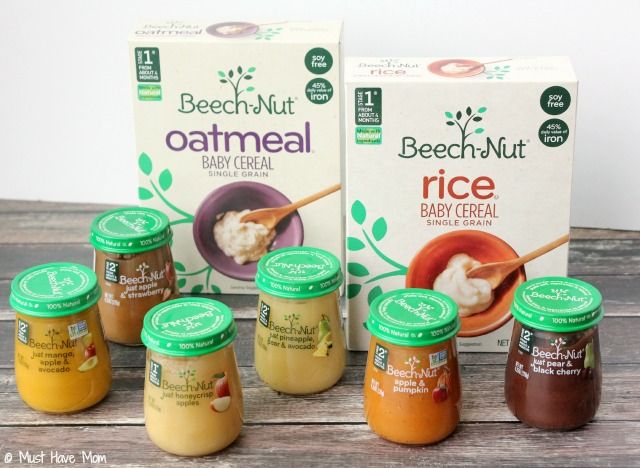
The oatmeal will thicken as it sits so you can serve it in mushy finger foods chunks like I mentioned above (if your baby is good with finger foods) or you can add water, breast milk or formula to thin it out before serving. I give it to Olivia cold and she gobbles it up, but you can warm it up a bit before serving if you want.
More Baby Recipes to Try
- 10 Baby Food Purees (Stage 1)
- 6 Baby Food Combinations
- Banana Pancakes for Babies
- Introducing Solids to Baby
- Baby (+ Toddler) French Toast
- Peach Baby Food
- Carrot Baby Food
- Banana Puree
- Healthy Smash Cake
- Baby Yogurt Melts
More Oatmeal Recipes to Try
- Apple Baked Steel Cut Oatmeal
- Baked Blueberry Oatmeal Cups
- Creamy Steel Cut Oats
- Berry Baked Oatmeal Bars
Be sure to check out my full collection of oatmeal recipes as well as all of the baby food recipes here on EBF.
Baby Oatmeal
4 from 86 votes
Here’s the recipe for oatmeal that I make for Olivia almost daily. I cook the bananas in with the oats so they soften and add a nice hint of sweetness without added sugar and then stir in ground flaxseed (or chia seeds) and peanut butter for extra nutrition and flavor!
I cook the bananas in with the oats so they soften and add a nice hint of sweetness without added sugar and then stir in ground flaxseed (or chia seeds) and peanut butter for extra nutrition and flavor!
Print Recipe Pin Recipe
Prep Time 5 minutes
Cook Time 7 minutes
Total Time 12 minutes
Servings 1
- 1/4 cup old fashioned rolled oats
- 3/4 cup water
- 1/4 banana, sliced
- pinch of cinnamon
- 1 teaspoon ground flax or chia seeds, optional
- 1-2 teaspoons peanut butter
- breastmilk, formula or water to thin, if needed
- toppings of choice: fresh berries, more peanut butter, more bananas
Add oats, banana slices and cinnamon into a pot. Add water and stir to combine. Heat over medium-high heat for 5-7 minutes or until all the liquid has been absorbed.
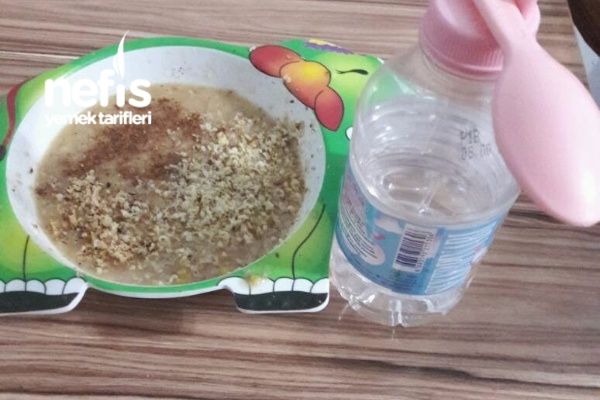 Be sure to stir the oats several times while cooking to make sure the banana slices melt into the oats. You’ll know the oatmeal is done when all the water has been absorbed and the oats are creamy and fluffy.
Be sure to stir the oats several times while cooking to make sure the banana slices melt into the oats. You’ll know the oatmeal is done when all the water has been absorbed and the oats are creamy and fluffy.Remove pot from heat and stir in ground flax and peanut butter, if using.
Portion oats into a bowl and let cool before serving. Oats can be warm, but you don’t want them to be too hot. If the oats are too thick (sometimes this happens as the oats cool) add a splash of breast milk, formula or water to thin. Feel free to add toppings like fresh berries, more peanut butter or banana chunks.
Serving: 1 Calories: 150kcal Carbohydrates: 22g Protein: 5g Fat: 5g Saturated Fat: 1g Sodium: 47mg Potassium: 231mg Fiber: 3g Sugar: 5g Vitamin A: 19IU Vitamin C: 3mg Calcium: 21mg Iron: 1mg
DID YOU MAKE THIS RECIPE?
Please leave a comment and star rating on this post and share on social media using the hashtag #eatingbirdfood. I love seeing your recipe shares!Oatmeal for Babies (Stage One Baby Food)
Ditch the box! And try this easy Oatmeal for Babies recipe instead.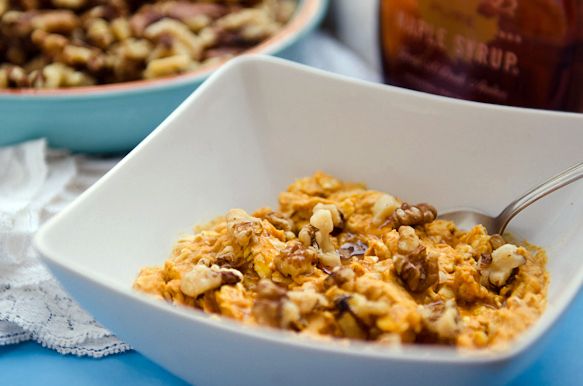 Made with simple nutrient-dense ingredients in less than 10 minutes, it’s perfect for your baby’s first bite or added into their favorite fruit or veggie puree. I’ll also show you how to serve oatmeal as a finger food for baby-led weaning. There is nothing this baby oatmeal won’t do, and it tastes so much better than the store-bought boxed version! Baby food for 6+ months – stage 1 baby food!
Made with simple nutrient-dense ingredients in less than 10 minutes, it’s perfect for your baby’s first bite or added into their favorite fruit or veggie puree. I’ll also show you how to serve oatmeal as a finger food for baby-led weaning. There is nothing this baby oatmeal won’t do, and it tastes so much better than the store-bought boxed version! Baby food for 6+ months – stage 1 baby food!
Medically reviewed by Jamie Johnson, Registered Dietitian Nutritionist (RDN), and Lauren Braaten, Pediatric Occupational Therapist (OT).
Oatmeal for BabiesA smooth and creamy oat cereal for your baby doesn’t have to come from a box!
This easy oatmeal baby cereal is loaded with omega-3 fatty acids, antioxidants, fiber, protein, calcium and manganese and takes only 10 minutes to make!
That’s right! In 10 minutes you can have a stash of freezer-friendly oatmeal for your baby.
Yes, it can be that easy!
First time making homemade baby food? Then, I would suggest that you start by reading my very in-depth Guide on how to Make Homemade Baby Food – which goes over all the important information such as the best cooking tools to have on hand, safe storage, how to know when baby is ready for solids, how to introduce purees, the best first foods for baby, and more! You can also check out my best-selling cookbook for even more information and recipes!
Oatmeal for Babies Video
Watch this video to see how easy this Oatmeal Cereal recipe for your baby actually is to make!
Reasons to Love this Baby Oatmeal- baby food for 4-6 months and up
- stage 1 baby food
- can also be served for baby-led weaning
- 1 main ingredient, plus 2 easy add-ins
- budget-friendly – less than 2 cents per ounce
- easy to make – less than 10 minutes
- can serve alone or with baby’s favorite puree
- creamy and smooth
- homemade
- freezer-friendly
- healthy – full of essential nutrients for a growing baby
- easy to flavor – 6 great combos below
Make sure to read the recipe card below for the full ingredient list and instructions!
- Oats: are a great source of two different types of fiber, which help keep your little ones’ digestive tract going strong.
 Oats are also packed with antioxidants, manganese, phosphorus, copper, iron, zinc, and vitamin B1. They also help stabilize blood sugar as well as support baby’s cardiovascular health.
Oats are also packed with antioxidants, manganese, phosphorus, copper, iron, zinc, and vitamin B1. They also help stabilize blood sugar as well as support baby’s cardiovascular health. - Chia Seeds: are high in antioxidants, omega 3-fatty acids, fiber, and magnesium and are a good source of protein and calcium. They are great for digestive health, building healthy and strong bones as well as overall heart health. We are going to add in a big pinch to this recipe, but you can leave them out if you prefer.
- Hemp Seeds: are a good source of protein and fiber and are also high in GLAs, manganese and vitamin E. Hemp seeds are great for aiding digestive health and promoting a healthy heart. You can leave these out if you prefer or add in ground flax seeds instead.
This homemade oatmeal cereal is loaded with essential vitamins and minerals for a growing baby.
- packed with two different types of fiber
- great source of omega-3 fatty acids which are essential for brain, eyes and organ development
- has antioxidants that are essential for eliminating the hazards of free-radicals
The only difference between the 3 main types of oats – steel-cut, rolled and instant, is how much the oat grout is processed. The result of this process is different textures of oats with varying cooking times.
- Steel-Cut Oats: are the least processed of the oats, and they retain about the same amount of fiber as rolled or instant. Steel-cut oats are a great option if you are going to blend your oats into a smooth puree for baby. Since it is thicker and chewier oat, it is best to serve to babies 11 months and older if not blending.
- Rolled or Old-Fashioned Oats: Also known as old-fashioned or whole oats, rolled oats are flat, pre-cooked and dried.
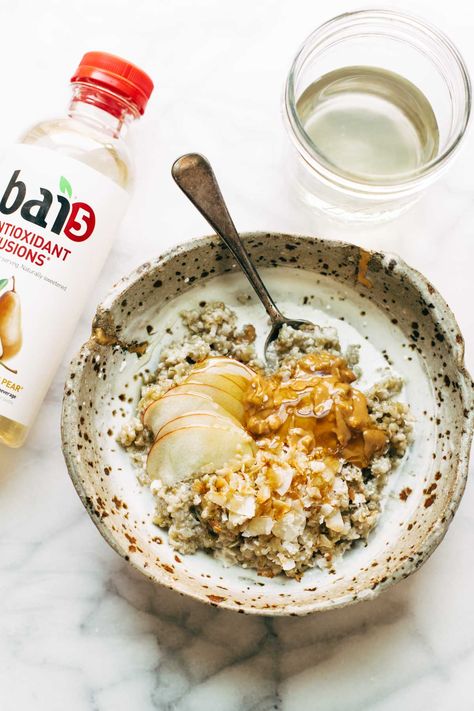 While they have a similar amount of fiber as steel-cut oats, they are more versatile and take less time to cook. Rolled oats are extremely easy to blend into a smooth puree, served cold as a finger food, and they can easily be served to toddlers.
While they have a similar amount of fiber as steel-cut oats, they are more versatile and take less time to cook. Rolled oats are extremely easy to blend into a smooth puree, served cold as a finger food, and they can easily be served to toddlers. - Instant Oats: are the more processed of the three oats and cook very quickly. While you can certainly use instant oats to make a baby cereal, since they tend to be slightly lower in fiber, I recommend the other two oat varieties first.
Gluten-Free Oats: all oats are naturally gluten-free, but they may be processed on machinery that also processes wheat. If you are looking to introduce baby to gluten-free oats, then make sure you look for a brand that is labeled as Gluten-Free. This is my favorite brand of Gluten-Free Oats.
How to Make Baby OatmealThere are several different ways to cook oats depending on which type of oat you are using.
Old-Fashioned Oats- Boil: bring 2 cups of water to a boil.
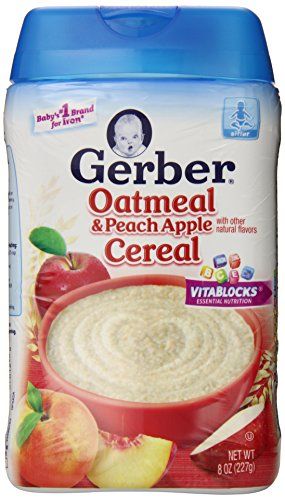
- Add Oats: add in 1 cup of old-fashioned oats along with a pinch of chia seeds, hemp seeds and any spices you are using.
- Cook: turn down the heat to medium-low and cook the oats for 5 minutes or until all of the water is gone and the oats are soft. Let cool slightly.
- Blend: transfer the oats to a blender or food processor and puree for 1-2 minutes, adding water in 1/4 cup increments if needed, until completely smooth.
- Eat: serve to baby or freeze for later.
- Boil: bring 3 cups of water to a boil.
- Add Oats: add in 1 cup of steel-cut oats along with a pinch of chia seeds, hemp seeds and any spices you are using.
- Cook: turn down the heat to medium-low and cook for 25-30 minutes or until all of the water is gone and the oats are soft. Let cool slightly.

- Blend: transfer the oats to a blender or food processor and puree for 1-2 minutes, adding water in 1/4 cup increments if needed, until completely smooth.
- Eat: serve to baby or freeze for later.
- Boil: bring 1 cup of water to a boil.
- Add Oats: add in 1/2 cup of instant oats along with a pinch of chia seeds, hemp seeds and any spices you are using to a boil.
- Cook: turn down the heat to medium-low and cook the oats for 1-2 minutes or until all of the water is gone and the oats are soft. Let cool slightly.
- Blend: transfer the oats to a blender or food processor and puree for 1-2 minutes, adding water in 1/4 cup increments if needed, until completely smooth.
- Eat: serve to baby or freeze for later.
I have found that cooking the oats first and then blending them, creates the smoothest oatmeal for your baby. But there are a couple of other ways to make oatmeal for your baby.
But there are a couple of other ways to make oatmeal for your baby.
Love the idea of fresh oatmeal for your baby, but are short on time? Then let me introduce to you the BEABA Babycook.. aka your new best friend! With a touch of a button, the Babycook will cook the oats and puree them into whatever consistency you prefer. It’s definitely kitchen magic!
Place 1 cup of old-fashioned oats and 1 cup of water inside of the grain insert basket, and place the basket into the glass container, closing the lid. Fill the reservoir tank to a level 3, close and lock the lid. Press the steam button, and let the Babycook do all the work! Once steamed, transfer the cooked oats to the glass container, leaving the water that is already in there and adding in an additional 1/4 cup of fresh breast milk, formula or water. Close the lid, and hit the blend button for 1 minute or until the puree is smooth. You may need to add more liquid to the puree if needed in 2 tablespoon increments.
Full Review: read my full, in-depth and honest review of the BEABA Babycook Neo here, including a list of pros and cons! Make sure to grab 15% off your Babycook with code (BabyFoode15)!
Oat Powder- Grind Oats: Place 1 cup of old-fashioned oats in a coffee grinder or blender. Grind for 1-2 minutes or until you have a very fine oat powder.
- Add Hot Water: In a microwave-safe bowl, add in roughly 1 tablespoon oat powder and 1-2 tablespoons hot or boiling water. Stir until smooth adding more water if needed. Let sit until warm enough to eat.
- Blender or Food Processor
- Storage Containers for Fridge
- Freezer Tray
- Stasher Bag
- highchair
- suction bowl or baby bowl
- baby spoon
- bib with catch pocket
- BEABA Babycook
Frequently Asked Questions
When can baby eat oatmeal?
Baby can have oats as one of their first foods.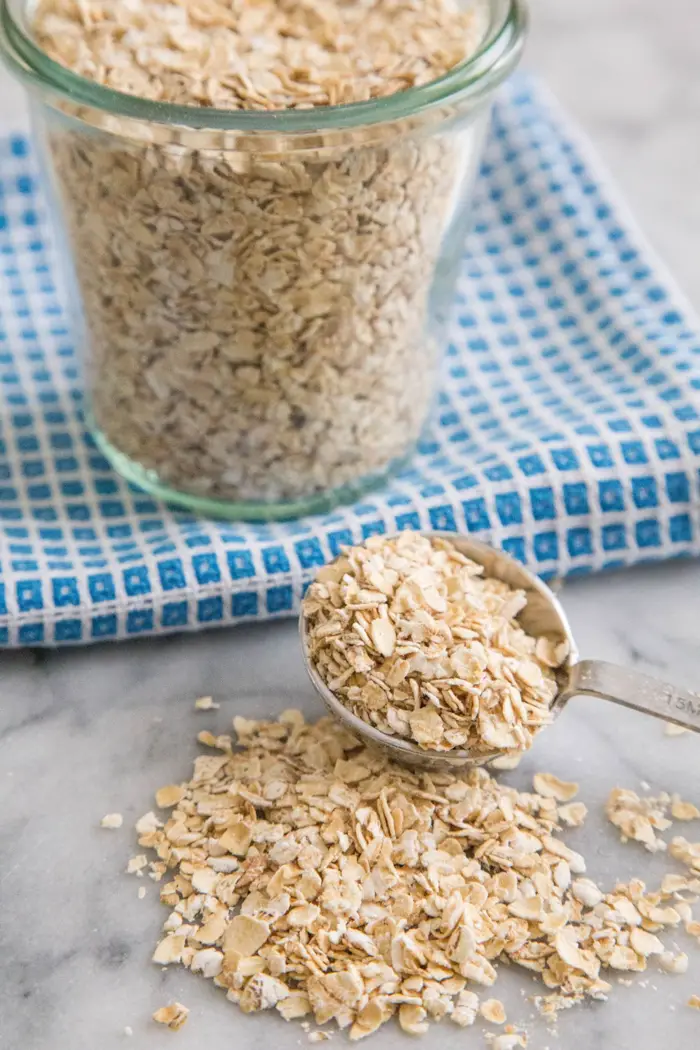 When a baby can start on solids is determined by their own rate of development, which generally comes between 4-6 months of age. Some of the developmental milestones babies need to reach in order to start solids include: if your baby has solid control of their head and neck, if your baby has doubled in weight, and if your baby is reaching for or opening their mouth when you eat (see my guide here). Before you start your baby on purees, you should consult with your pediatrician to make sure your child is developmentally ready.
When a baby can start on solids is determined by their own rate of development, which generally comes between 4-6 months of age. Some of the developmental milestones babies need to reach in order to start solids include: if your baby has solid control of their head and neck, if your baby has doubled in weight, and if your baby is reaching for or opening their mouth when you eat (see my guide here). Before you start your baby on purees, you should consult with your pediatrician to make sure your child is developmentally ready.
Can oatmeal be baby’s first food?
Oatmeal can 100% be your baby’s first food if you want it to be. It is recommended to wait to introduce the top eight allergen foods to your baby once a few other well-tolerated foods have been introduced, but otherwise, foods can be introduced in any order so choose whatever you are most excited for your baby to have.
Is oatmeal a common allergen for baby?
No, oatmeal is not a common allergen, however, as with any food, start with a small portion and be aware of any signs that might be an allergic reaction after introducing it.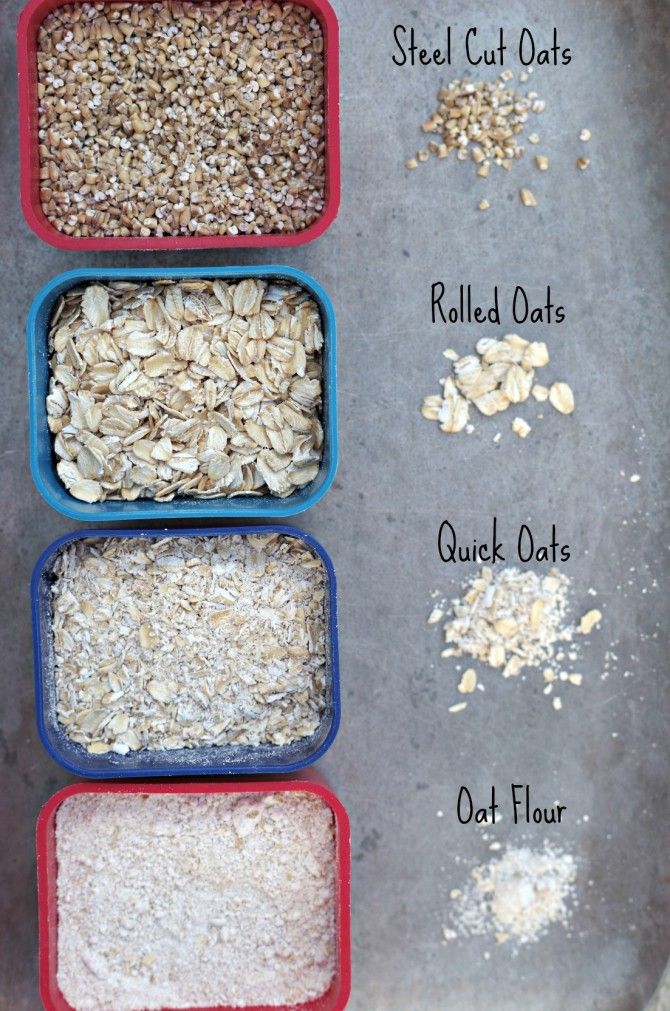
Do oats cause constipation for babies?
No, oatmeal can actually help relieve constipation in babies due to the high fiber content that makes it easier on your baby to pass stools.
Can you add spices/herbs to this recipe?
n this recipe, we are adding in a pinch of chia seeds and hemp seeds, but feel free to add in a pinch of spices if you want. Some great options are: cinnamon, nutmeg, pumpkin spice blend, allspice, cloves or fresh ginger.
Tip on Spices: I usually add in spices to my baby food purees, but you can add or leave out spices in all of your baby food. You do you! Either way, this puree will taste amazing.
Feeding Tips for Purees
- Throwing spoons – is a common phase that all babies go through at one point or another. One of the best ways to handle spoon throwing is to ignore it and keep feeding baby as usual (with an extra spoon you already have at the table).
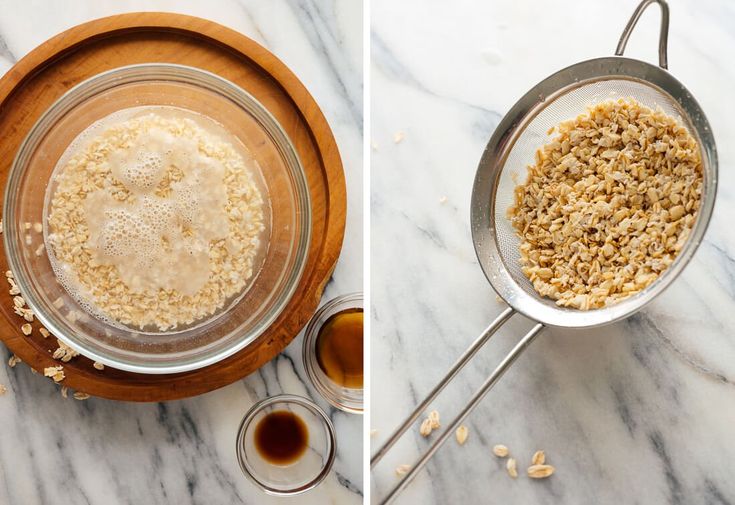 If baby ends up also throwing back up spoons #2 AND #3, simply encourage your baby to eat with their hands until they appear to be finished with the meal. Give baby plenty of opportunities to practice putting items in and taking items out of containers outside of meal times.
If baby ends up also throwing back up spoons #2 AND #3, simply encourage your baby to eat with their hands until they appear to be finished with the meal. Give baby plenty of opportunities to practice putting items in and taking items out of containers outside of meal times. - Follow your baby’s lead – when feeding purees from a spoon, sometimes there’s a tendency to keep offering bites past the point of your baby being full. Always follow baby’s cues for when they are done eating. Turning away from the spoon, closing her mouth, or pushing food away are all signs that baby is finished with the meal.
- Purees are great to keep in your baby’s regular rotation of foods – but if you start feeding with traditional weaning using purees, make sure to progress beyond eating ONLY purees. Once baby can safely and comfortably swallow purees (usually by 7 or 8 months) it’s time to introduce other textures, such as teething biscuits and soft cooked finger foods.
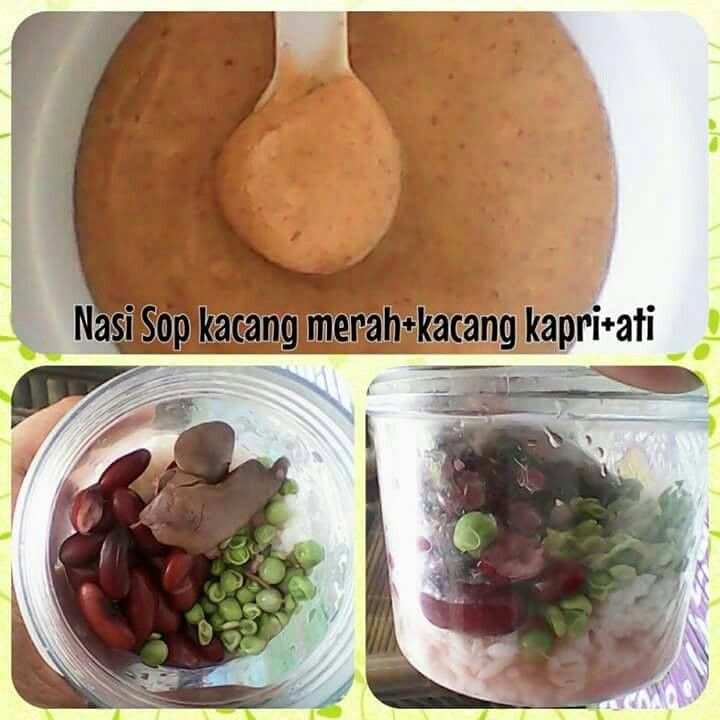 Moving onto additional textures in a timely manner may help prevent feeding difficulties at a later age.
Moving onto additional textures in a timely manner may help prevent feeding difficulties at a later age.
You can store the oatmeal cereal in an airtight container in the fridge for 3 days.
FREEZERThis oatmeal puree can be frozen for up to 3 months.
- Spoon pureed oatmeal into a freezer storage container (this is my favorite freezer storage container) – do not overfill.
- Place the lid on the storage container or cover with a piece of saran wrap and label with date and recipe name.
- Place the tray into the freezer and let freeze completely – preferably overnight.
- Pop-out the baby food cubes and place in a zip-lock baggie or stasher bag – don’t forget to re-label the baggie or stager bag for future reference.
Label Tip: Don’t forget to label your purees before you place them in the fridge or freezer with the name of the puree and date you made it.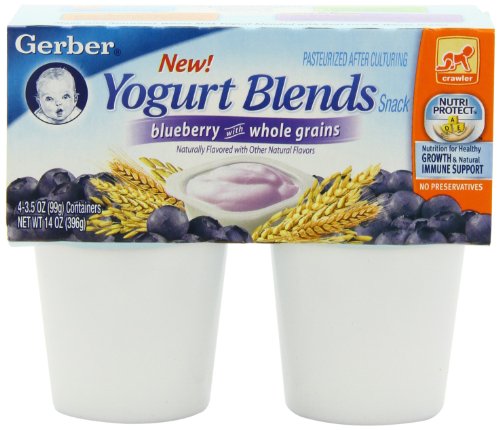 Take it from me, you will completely forget when and what is in your freezer by the end of the week;).
Take it from me, you will completely forget when and what is in your freezer by the end of the week;).
While Oatmeal is great by itself, it’s also super easy to mix and match with other nutrient-dense baby food purees. Give these fun flavor combos a try! Stage 2 Baby Food.
- Apples
- Carrots
- Pears
- Sweet Potatoes
- Green Beans
- Peas
- Pumpkin
- Mango
- Yogurt
Oats can be hard food for your baby to pick up and feed themselves (oh the mess!). A great way to serve oats as a finger food is by simply spooning a couple of strips or round shapes of cooked oats on a plate and then letting them cool off on the counter or in the fridge. Once cold, the oats will harden enough for your baby to be able to pick them up by themselves. I’m not saying there won’t be a mess.. but it will be less of a mess and definitely easier for your baby to self-feed. Babies are usually ready for baby-led weaning around 6+ months of age.
Babies are usually ready for baby-led weaning around 6+ months of age.
Once you get the basics of oatmeal down for your baby, you can have some fun and serve them some flavorful combinations. Here are some great options that baby, toddler, kids and even you will love!
- Apples + Cinnamon: add in a couple of heaping spoonfuls of grated apple and a big pinch of cinnamon to oats right before serving. Can add a touch of maple syrup or brown sugar into toddlers or kid’s bowls.
- Spinach + Pineapple: cook the oats with a handful of frozen pineapple. Add to a blender along with a handful of spinach, pulse or puree until spinach is incorporated.
- Blueberries, Cinnamon and Vanilla: add in a handful of frozen blueberries, a pinch of cinnamon and a drizzle of vanilla extract while cooking the oats. Serve whole or blend for baby.
- Banana + Peanut Butter: add in slices of a very ripe (lots of brown spots) banana to the oats while they are cooking.
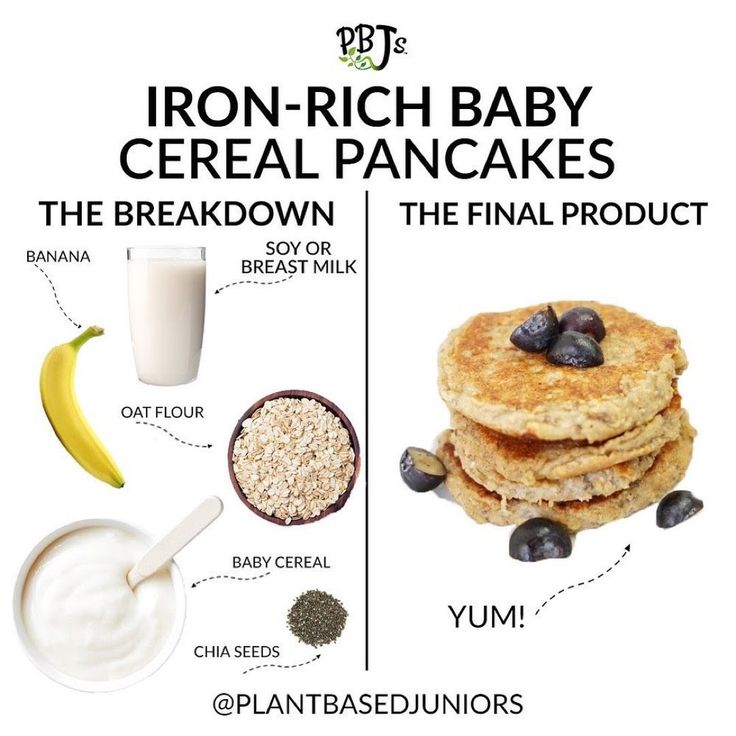 Mash the banana while it is cooking into small pieces. Spoon oats with banana into a bowl and add a swirl of peanut butter (or any nut or seed butter you prefer) right before serving. Serve whole or blend for baby.
Mash the banana while it is cooking into small pieces. Spoon oats with banana into a bowl and add a swirl of peanut butter (or any nut or seed butter you prefer) right before serving. Serve whole or blend for baby. - Carrots + Flax: add in a handful of grated carrots to the oats while they are cooking. Serve whole or blend for baby. Spoon the oats and carrots into a bowl and top with a sprinkle of ground flax seeds. You can also add finely chopped walnuts and raisins to toddlers and kid’s bowls.
- Mango with Coconut Milk: cook the oats in canned coconut milk (instead of the water) and then add in a handful of fresh or frozen cubed mango. While cooking, mash the mango with the back of a spoon. Serve whole or blend for baby.
Or watch a shortened version of this video here.
- 2 cups water
- 1 cup old fashioned oats
- 1/2 tsp hemp seeds (optional)
- 1 /2 tsp chia seeds (optional)
Boil: In a medium saucepan, bring 2 cups of water to a boil.
Add Oats: add in 1 cup of old-fashioned oats along with the chia seeds, hemp seeds and any spices you are using.
Cook: turn down the heat to medium-low and cook the oats for 5 minutes, stirring occasionally, or until all of the water is gone and the oats are soft. Let cool slightly.
Blend: transfer the oats to a blender or food processor and puree for 1-2 minutes, adding water in 1/4 cup increments if needed, until completely smooth. I had to add 1/2 cup of water to my oatmeal. You will want the oat cereal to be on the thinner side so it doesn't become sticky. The oats will continue to absorb liquid as they cool, so add more water, breast milk or formula as needed.
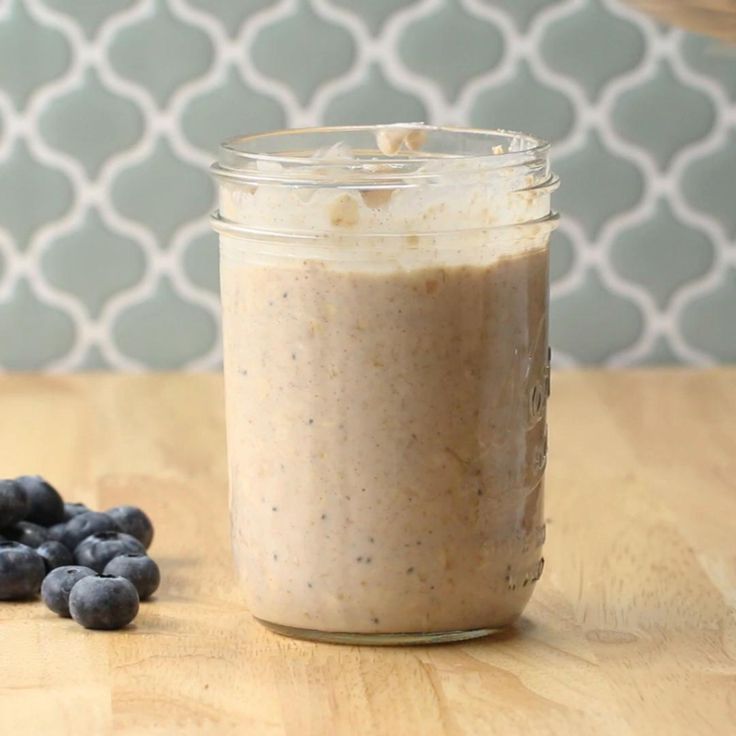
Eat: serve to baby or freeze for later.
Age: 4+ months
Yield: Makes roughly 20 ounces
Type of Oats: This recipe is for old-fashioned oats. For steel-cut or instant oats, read the full post.
Adding Spices: you can add a big pinch of cinnamon or pumpkin pie spice mix, or a smaller pinch of nutmeg or cloves to these oats before blending.
Chia and Hemp Seeds: are added for a nutritional boost, but you can add or omit if you prefer. You can get both of these at any health food store or online here (chia / hemp).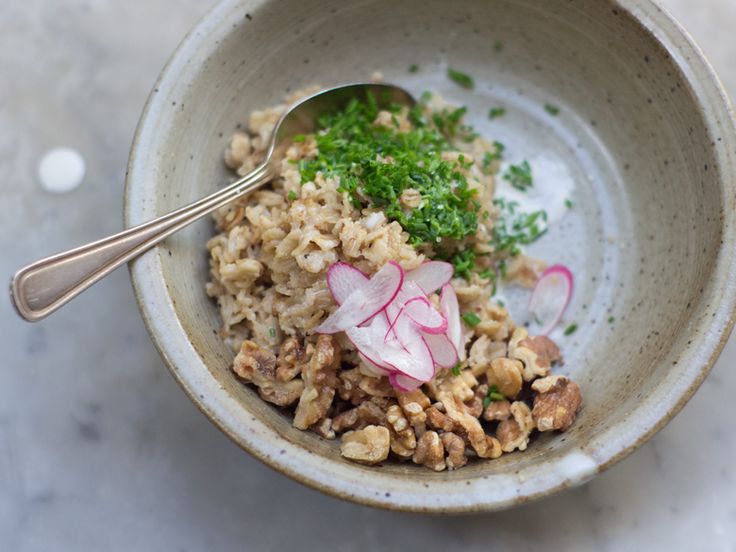
Storage: Fridge – store in an airtight container in the fridge for 3 days or in the freezer for up to 3 months.
Thawing: Once thawed the oats can become pretty thick. To thin the oatmeal out again, just add water, breast milk, formula or another fruit or veggie to the oatmeal 1 tablespoon at a time until you reach your desired consistency.
Blender
Freezer Tray
Grabease Utensil
Bumkins Baby Bowl
Tripp Trapp High Chair
Did you make this recipe?
Tag @babyfoode on Instagram and hashtag it #babyfoode!
Pin Recipe Email a Friend
how to cook quickly and tasty?
All recipes
February 2, 2021
array(1) { ["items"]=> array(7) { [0]=> array(3) { ["speed"]=> string(1) "2" ["size"]=> string(5) "small" ["image"]=> array(2) { ["src"]=> string(69) "/local/templates/. default/frontend/dist/tmp/objects/small/flake-2.png" ["alt"]=> string(14) "Recipes" } } [1]=> array(3) { ["speed"]=> string(1) "1" ["size"]=> string(5) "small" ["image"]=> array(2) { ["src"]=> string(74) "/local/templates/.default/frontend/dist/tmp/objects/small/strawberry-2.png" ["alt"]=> string(14) "Recipes" } } [2]=> array(3) { ["speed"]=> string(1) "2" ["size"]=> string(5) "small" ["image"]=> array(2) { ["src"]=> string(73) "/local/templates/.default/frontend/dist/tmp/objects/small/blueberry-2.png" ["alt"]=> string(14) "Recipes" } } [3]=> array(3) { ["speed"]=> string(1) "1" ["size"]=> string(5) "small" ["image"]=> array(2) { ["src"]=> string(68) "/local/templates/.default/frontend/dist/tmp/objects/small/leaf-3.png" ["alt"]=> string(14) "Recipes" } } [4]=> array(3) { ["speed"]=> string(1) "1" ["size"]=> string(6) "medium" ["image"]=> array(2) { ["src"]=> string(73) "/local/templates/.
default/frontend/dist/tmp/objects/small/flake-2.png" ["alt"]=> string(14) "Recipes" } } [1]=> array(3) { ["speed"]=> string(1) "1" ["size"]=> string(5) "small" ["image"]=> array(2) { ["src"]=> string(74) "/local/templates/.default/frontend/dist/tmp/objects/small/strawberry-2.png" ["alt"]=> string(14) "Recipes" } } [2]=> array(3) { ["speed"]=> string(1) "2" ["size"]=> string(5) "small" ["image"]=> array(2) { ["src"]=> string(73) "/local/templates/.default/frontend/dist/tmp/objects/small/blueberry-2.png" ["alt"]=> string(14) "Recipes" } } [3]=> array(3) { ["speed"]=> string(1) "1" ["size"]=> string(5) "small" ["image"]=> array(2) { ["src"]=> string(68) "/local/templates/.default/frontend/dist/tmp/objects/small/leaf-3.png" ["alt"]=> string(14) "Recipes" } } [4]=> array(3) { ["speed"]=> string(1) "1" ["size"]=> string(6) "medium" ["image"]=> array(2) { ["src"]=> string(73) "/local/templates/.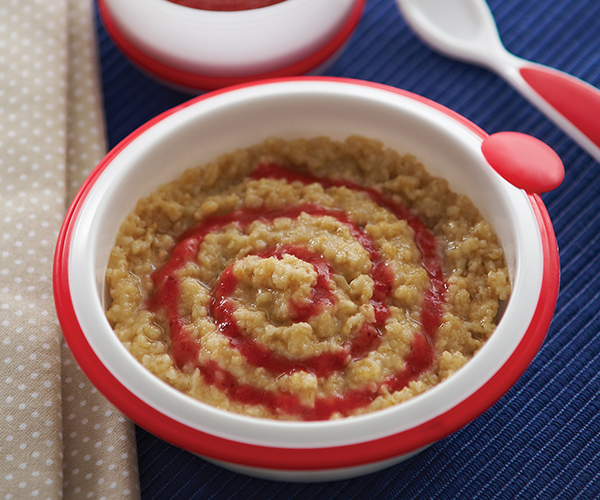 default/frontend/dist/tmp/objects/small/raspberry-1.png" ["alt"]=> string(14) "Recipes" } } [5]=> array(3) { ["speed"]=> string(1) "1" ["size"]=> string(5) "small" ["image"]=> array(2) { ["src"]=> string(69) "/local/templates/.default/frontend/dist/tmp/objects/small/flake-2.png" ["alt"]=> string(14) "Recipes" } } [6]=> array(3) { ["speed"]=> string(1) "2" ["size"]=> string(5) "large" ["image"]=> array(2) { ["src"]=> string(69) "/local/templates/.default/frontend/dist/tmp/objects/large/flake-1.png" ["alt"]=> string(14) "Recipes" } } } }
default/frontend/dist/tmp/objects/small/raspberry-1.png" ["alt"]=> string(14) "Recipes" } } [5]=> array(3) { ["speed"]=> string(1) "1" ["size"]=> string(5) "small" ["image"]=> array(2) { ["src"]=> string(69) "/local/templates/.default/frontend/dist/tmp/objects/small/flake-2.png" ["alt"]=> string(14) "Recipes" } } [6]=> array(3) { ["speed"]=> string(1) "2" ["size"]=> string(5) "large" ["image"]=> array(2) { ["src"]=> string(69) "/local/templates/.default/frontend/dist/tmp/objects/large/flake-1.png" ["alt"]=> string(14) "Recipes" } } } }
Fragrant, tender, oatmeal! All this is about pear muffins with Yasno Solnyshko oatmeal! nine0005
Ingredients
Oatmeal No. 3 “Clear Sunny”
150 g
Sugar
90 g
Cream
Pshenichnaya flour
9000 G
3 pcs.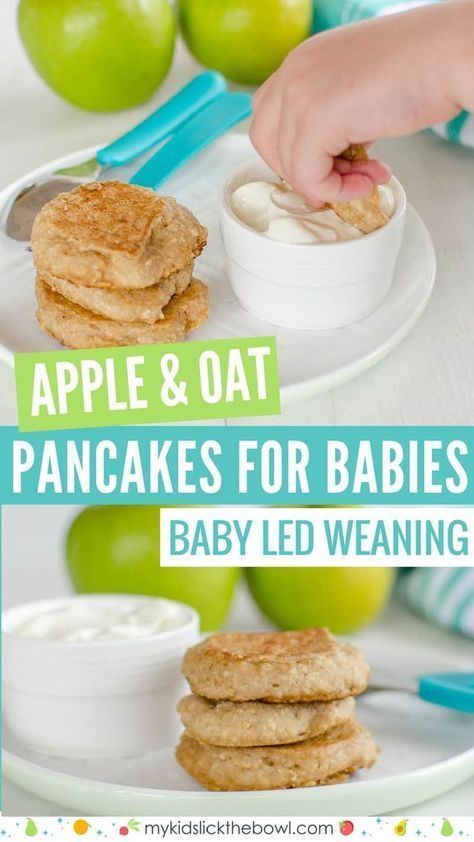
Baking powder
1 tsp.
Pear
2 pcs.
Cinnamon
1/2 tsp.
Preparation
- Beat softened butter with sugar for 3 minutes. Then add the eggs one at a time, continuing to beat. nine0050
- Gradually add flour, Oat flakes No. 3 "Yasno solnyshko" to the butter-egg mixture, baking powder, cinnamon and vanilla.
- Pears cut into cubes and add to the dough, mix.
- Pour batter into muffin cups, filling 1/2 full.
- Bake for 20 minutes in a preheated oven at 180°C.
- Sprinkle cooled muffins with powdered sugar or drizzle with chocolate syrup before serving.
Buon appetito! nine0063
01
/
02
# Dessert
# Snack
# Go to work
Similar recipes
60 minutes
15 minutes
50 minutes
20 minutes
40 minutes
nine000360 minutes
40 minutes
All recipes
Leave a review
By clicking "Submit" you agree to the Privacy Policy and the processing of personal data Porridge Cereals Dairy products Low calorie First meal Snack Cooked Fruits and berries
Viktoriya Levchuk©
Oatmeal, a wonderful breakfast for children, which is hard not to love. High in calcium, protein, fiber and B vitamins, oats are an ideal choice for breakfast and a healthy snack. Rolled oats are also very versatile and can be used in baked goods, smoothies, thickening fruit and vegetable purees, and more.
High in calcium, protein, fiber and B vitamins, oats are an ideal choice for breakfast and a healthy snack. Rolled oats are also very versatile and can be used in baked goods, smoothies, thickening fruit and vegetable purees, and more.
There are a few things to be aware of when introducing oats into baby food. For starters, don't fool yourself into buying quick-to-cook or instant oatmeal. They have been processed in such a way that the health benefits of them will not be significant. Oatmeal is usually boiled in water, and only after cooking and a little cooling, you can add milk, berries, fruits, sugar, spices, nuts, honey, etc. nine0005
Oatmeal
| Print a recipe |
- DishWater, Strawberry, Milk, Oats, Butter, Apple
- CuisineKids' kitchen
| Portions | Preparation time | 005 Add some butter. Serve warm. Recipe Notes Do not use instant or instant oats. You can use oatmeal to make porridge or grind the finished dish with a blender or food processor. For adults: Any fruit can be added at the end, as well as a small amount of cinnamon for a pleasant and rich aroma. nine0005 When introducing new foods into the baby's diet, you can combine cereals with various fruits. An excellent combination would be oatmeal with an apple. At first, the baby is offered oatmeal with applesauce, as it grows, fruit puree can be replaced with small pieces. Apple oatmeal is suitable for children over 7-8 months. Introduced products in baby foods: Oats, apple, water, butter. Oatmeal with apple Place in a pot with oatmeal and 3/4 water. Bring the mixture to a slow boil. Simmer, checking often, until apples are soft and oatmeal is cooked through. |

